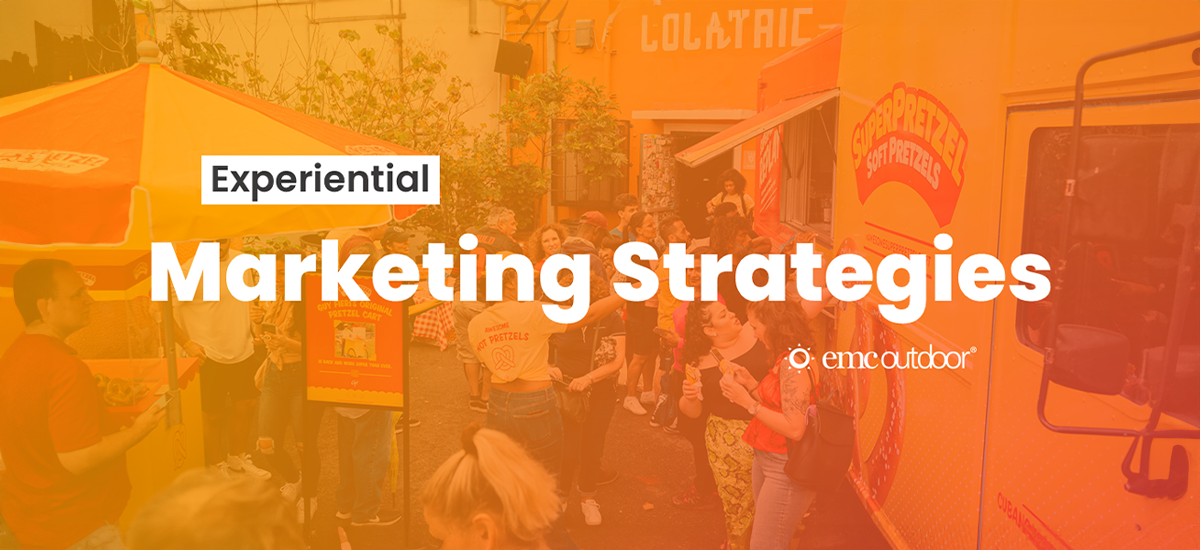Crafting an experiential marketing campaign is both thrilling and intricate. Unlike traditional marketing, experiential marketing creates immersive experiences that connect consumers directly with brands. It’s about engaging the audience to foster a memorable bond, blending creativity with strategic placement to spark meaningful interactions. From pop-up shops to interactive installations, experiential marketing encompasses a variety of formats, each requiring a unique blend of creativity, strategic thinking, and a deep understanding of the target audience.
- Core Elements of Experiential Marketing:
- Immersive experiences that engage directly with consumers.
- Variety of formats such as pop-up shops and interactive installations.
- Strategic placement to enhance consumer interaction and memory creation.
In our guide, we delve into the essence of experiential marketing, illustrating its role within the broader marketing ecosystem and its ability to transform passive observers into active participants. We’ll explore the critical components of a successful campaign, emphasizing the significance of location, audience engagement, and message coherence. These elements are not standalone but intertwine to craft a narrative that resonates with your audience.
- Critical Components of a Successful Campaign:
- Location: Choosing the right venue to maximize engagement and relevance.
- Audience Engagement: Techniques and activities designed to deepen interaction.
- Message Coherence: Ensuring the campaign’s message aligns clearly with the brand’s values and message.
This guide provides a foundational understanding of experiential marketing, focusing on the core elements that make campaigns effective. Highlighting various formats, thought starters, and strategic considerations will empower you to approach your brand’s experiential initiatives confidently. It will provide the insights necessary for crafting impactful, audience-engaging experiences, ensuring a thorough understanding of combining creativity with strategic execution.
- Strategic Considerations for Planning:
- Understanding the target audience to tailor experiences effectively.
- Blending creative concepts with practical execution strategies.
- Evaluating and incorporating feedback for continuous improvement.
Let’s embark on a journey to unleash the full potential of experiential marketing, transforming ordinary encounters into extraordinary experiences. Prepare to think outside the box and create campaigns that engage and inspire!





